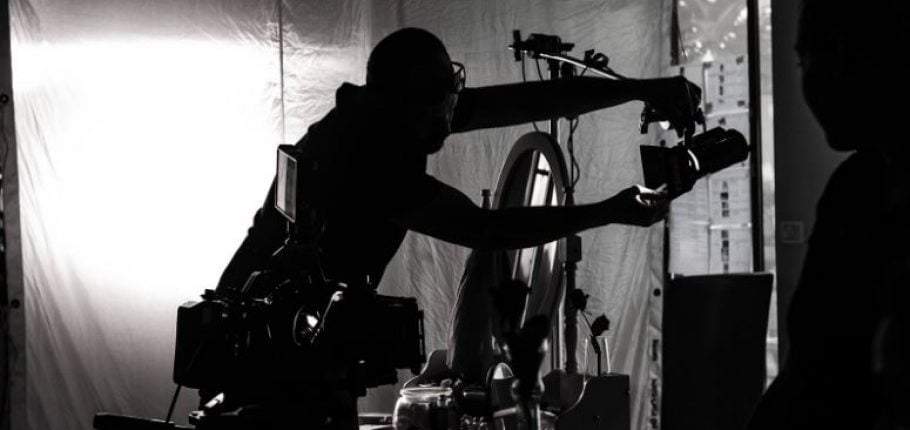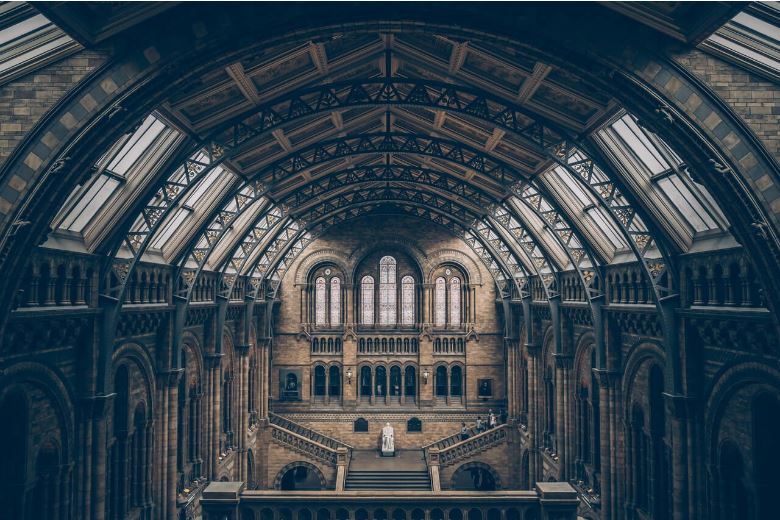
Location Management: How Camera and Location Departments Work Together
Location and setting are two of the most important aspects of production. Proper location scouting gives the Director of Photography (DP) the space they need to make a film incredible. This post is going to examine how the camera and locations departments need to work together when making a film to ensure the best product possible.
How location scouting works
Finding a location for a film can be challenging. A location scout is responsible for understanding the script and finding locations that will work for each scene. Location scouting is not a craft generally taught in most film schools, but it is extremely important to a successful production.
The role of the location scout is often played by the DP, but there are many instances when this is a different job all together. In the case that the two jobs are separate, the location scout will have a very specific set of tasks:
Research of locations
The research phase is the first step in finding a great location. This will include reading the screenplay and making sure that they understand exactly what the Director and DP are looking for in a location. Many times, you will see location scouts using digital tools to scout for film locations remotely, but this step can also be done in person.
Scout for suitability
Once a scout has some good leads on possible locations, they will need to investigate further in person to really know if a place is suited for the production. Location scouts do a lot of driving around, but it is a profession that rewards persistence. LA has some of the most iconic filming locations in the world, and the only way you’re going to find more like them is by getting out there and searching.
A good location scout will look beyond the practical requirements of the script and try to find a place that matches what the Director is going for in tone and feeling. It might sound cheesy, but some locations have an energy that you can only understand if you visit them in person.
Collect information about locations
Once a location has been found, it needs to be documented in a way that is valuable to the production. The documentation process usually involves running a technical checklist to determine if the location will support the production. The location scout needs to take a good amount of pictures, determine how the sun influences the location, find parking for everyone, and locate all the power sources. They will also make sure that every aspect of the production can work in that location, and if it can’t, they need to make the case for why they should still consider the place.
Present the findings
Because the director and the DP will make the final call, the location scout will need to present all the locations along with enough information for them to make a good decision. Here the good and bad of each location must be taken into account so that everyone can get on the same page about all of the logistics needed to film at each one.
Secure the location
After all the locations for the film have been chosen, permission to film as well as permits need to be acquired. Each city will be different when it comes to film permits and many times the job of acquiring them will fall to the location scout. Making sure that the owners and surrounding neighbors are fully on board with the production is another important part of this job.
Manage the location
Once production gets underway, many times responsibilities will shift to a location manager who will ensure that everything involving the location during production goes smoothly. The location manager serves as the primary point of contact between the owners of the location and the film crew. In many high profile shoots, the relationship with the owners needs to be managed constantly to ensure that everyone is happy.
Casting a space to fit the script
The selection of a location should come from a combination of the Director’s vision and the screenplay. In order for a location scout to be successful, they need to think about finding a location the same way they do about casting an actor. The location needs to play a specific role in the film. It’s the location scout’s job to figure out what that role is and then match it with a place that fits that role.

There are several things that need to be taken into consideration when casting a location:
Mood
Matching the mood of a scene with a space is probably one of the most difficult parts about location scouting. A good way to get an idea about the feeling of a scene is by making a “mood board” to help visualize what the space is suppose to look and feel like. A mood board is a collection of images that replicate the same feeling that a scene in a film should have. The advantage of a moodboard is that it can be collaborated on by other members of the crew to achieve a more complete vision of the perfect location.
History and Authenticity
An often overlooked element of finding a great location is understanding the history of that location. Filming historical scenes in actual historical locations brings an element of authenticity to the production that is difficult to achieve any other way. An example of this would be the use of the Evergreen Plantation as a location in the film Django Unchained, it felt authentic because it was authentic.
It should be no surprise that securing these types of locations can be an involved process. If it’s decided that a historical location is going to be used for a production, then the location scout needs to get to work on securing it almost immediately. The extra work done in pre-production securing authentic locations can pay off for a film big time.
Uniqueness
One thing that can set a film apart is the uniqueness of its locations. If a space can be found that has a completely unique look then it should be considered based on that fact alone. Of course, you can always build a set too if your budget allows for that. Keeping the style of a film’s locations unique and consistent is one of the most valuable services that a location scout can provide to a production.
It is also important to note that many location scouts spend a good amount of time scouting for locations even if they don’t have a project. Knowing what an area has to offer is extremely important and building a list of unique locations ahead of time is never a bad idea.
The responsibilities of the DP
The DP and the rest of the photography department are responsible for taking the location and preparing it so that it will look like it needs to on camera. Beyond operating the cameras and lighting equipment, the photography department needs to work closely with the locations department to ensure that everything that needs to be in place is in place.
The DP is able to see beyond what a location is into what it can be. Through the use of lighting and camera equipment, the DP transforms the look of a location into just about anything they want. A talented DP can turn day time into night and make ordinary scenery look out of this world. Working closely with the director, the DP advises on how scenes should be blocked and framed to capture the mood and emotion that is needed.
Many times the location itself matters less than the skill of the DP. As long as the location meets all of the technical requirements, there are some incredible things that can be done by the camera department to make it look the part. The more freedom the DP has to bring in equipment like dollies and cranes, the more that can be done with a space.
Maximizing production value
Keeping production value high, even in the face of adverse conditions on location is another big responsibility of the DP. They need to prepare to successfully capture the scene, no matter what might get in their way or slow down production. Many times, there will be a specific time limit that a location has been made available for the production, so making sure to get everything done promptly is a must. The DP may also be able to see ways to use the same space for multiple scenes to increase the efficiency of filming as well.
When each department works together, then some really amazing things can be accomplished. A good film location is more than just a place that fits the technical requirements of a production, it’s a space that can be transformed into something that audiences will connect with.
Conclusion
Location selection is one of the most important aspects of a successful production. Finding the perfect location takes time and a good amount of professional research. Location scouts get the opportunity to cast locations that match both the script and the vision of the Director.
In order to truly be effective though, the location scout must also understand the technical needs coming from the Director of Photography and the camera department. Cooperation between departments on set can lead to higher levels of efficiency and creativity which will ultimately lead to a better movie being made.
Wonder if Film is for You? Make a Microshort Film!
Here’s the Most Misunderstood Film Crew Titles



